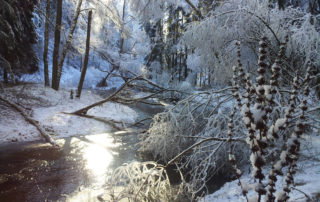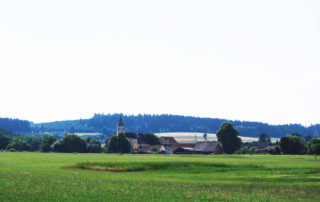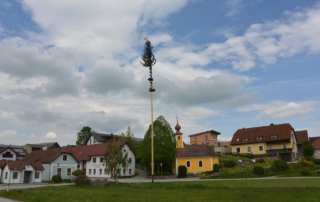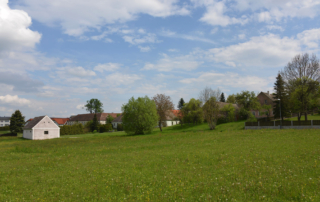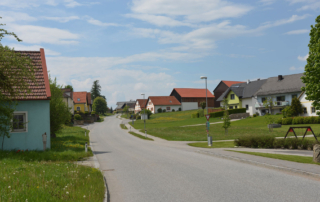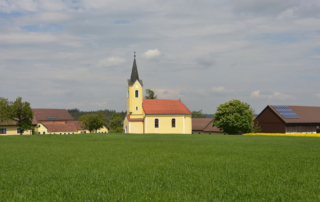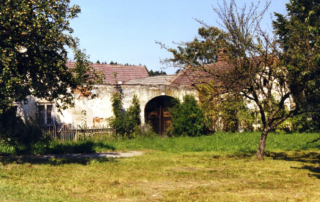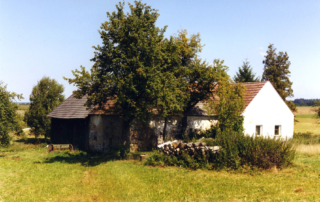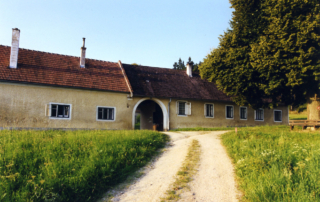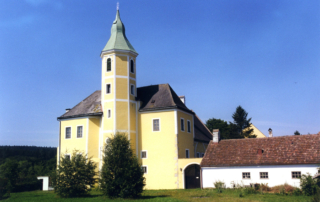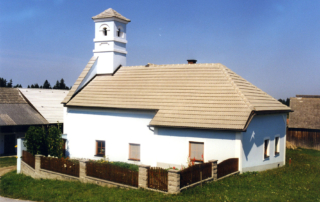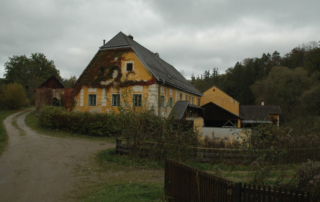Zwettl
Founding date: 1138 (order number 133 according to Janauschek)
Dissolution date: /
Filiation / mother monastery: Morimond / Heiligenkreuz Abbey
Daughter monastery: /
Hadmar I von Kuenring founded Zwettl Abbey after the Mother of God had shown the place of foundation by means of an oak tree greening in winter. Zwettl still has an exemplary cultural landscape character, which is documented in the foundation book of the early 14th century. is ideally depicted as a circuit with the monastery at its center, surrounded by a ring of granges. The landscape is characterized by pond farming and silviculture.
Audio version
Current events
Latest posts
The cultural landscape
The Cistercian monastery of Zwettl was founded by the Kuenringer ministerial family in 1137/38. With the foundation as a daughter monastery of Heiligenkreuz Abbey, which had been founded just a few years earlier, plans that had been pursued by the founding family for some time were realized. The support of the project by both the Bishop of Passau and the Abbots of Ebrach, Heiligenkreuz and Morimond at the General Chapter in Cîteaux demonstrates the international networks of the monastery since its beginnings.
The location of the new monastery in the area of the “Northern Forest” (which extended to the Upper Palatinate Forest in the early Middle Ages) is based on the specifications formulated by the order, whereby the proximity to the settlement area of the town of Zwettl and the intersection of two important long-distance routes (Böhmsteig and Polansteig) shows clear parallels to other foundations.
Within the European cultural phenomenon of “Cistercian landscapes”, the Zwettl monastery landscape occupies a special position in terms of its preservation and documentation. The depiction of the founding event, the so-called “Umritt” (in which the foundation property was ridden around on horseback by the founder and abbot), created at the beginning of the 14th century, is the first depiction of a Cistercian monastery landscape. Depicted in the manuscript in the style of a map of the world, it confirms the monks’ will to transform or reshape the topography in accordance with the ideals of the order, which was prevalent throughout Europe. Many of the granges and landscape elements depicted here still characterize the living monastery landscape today.

